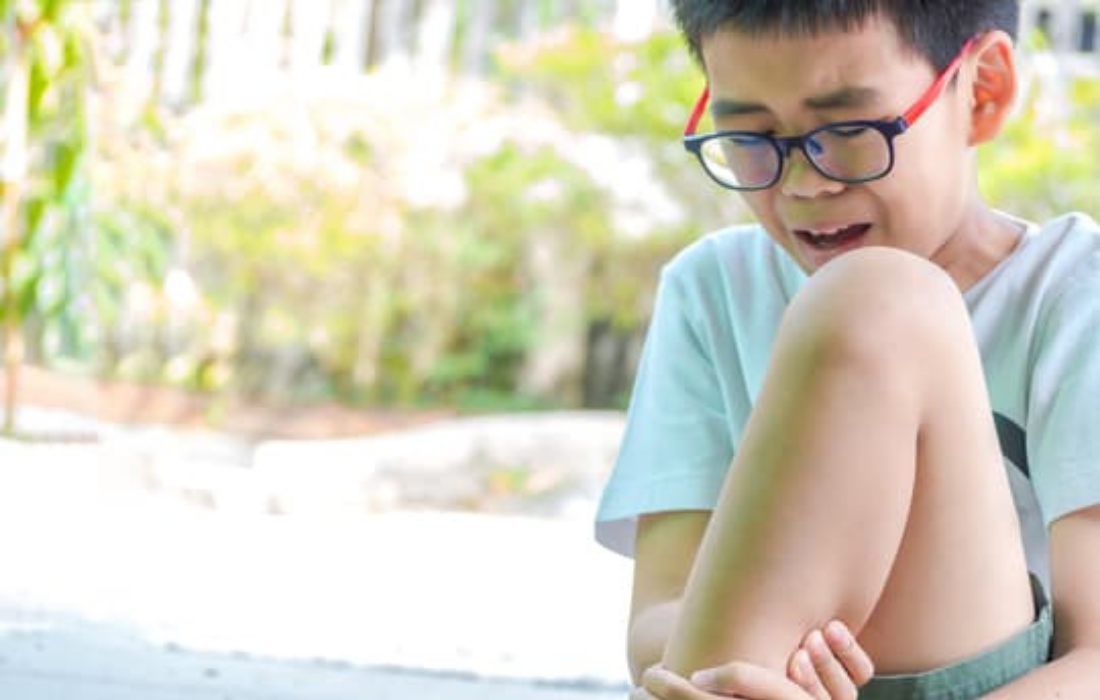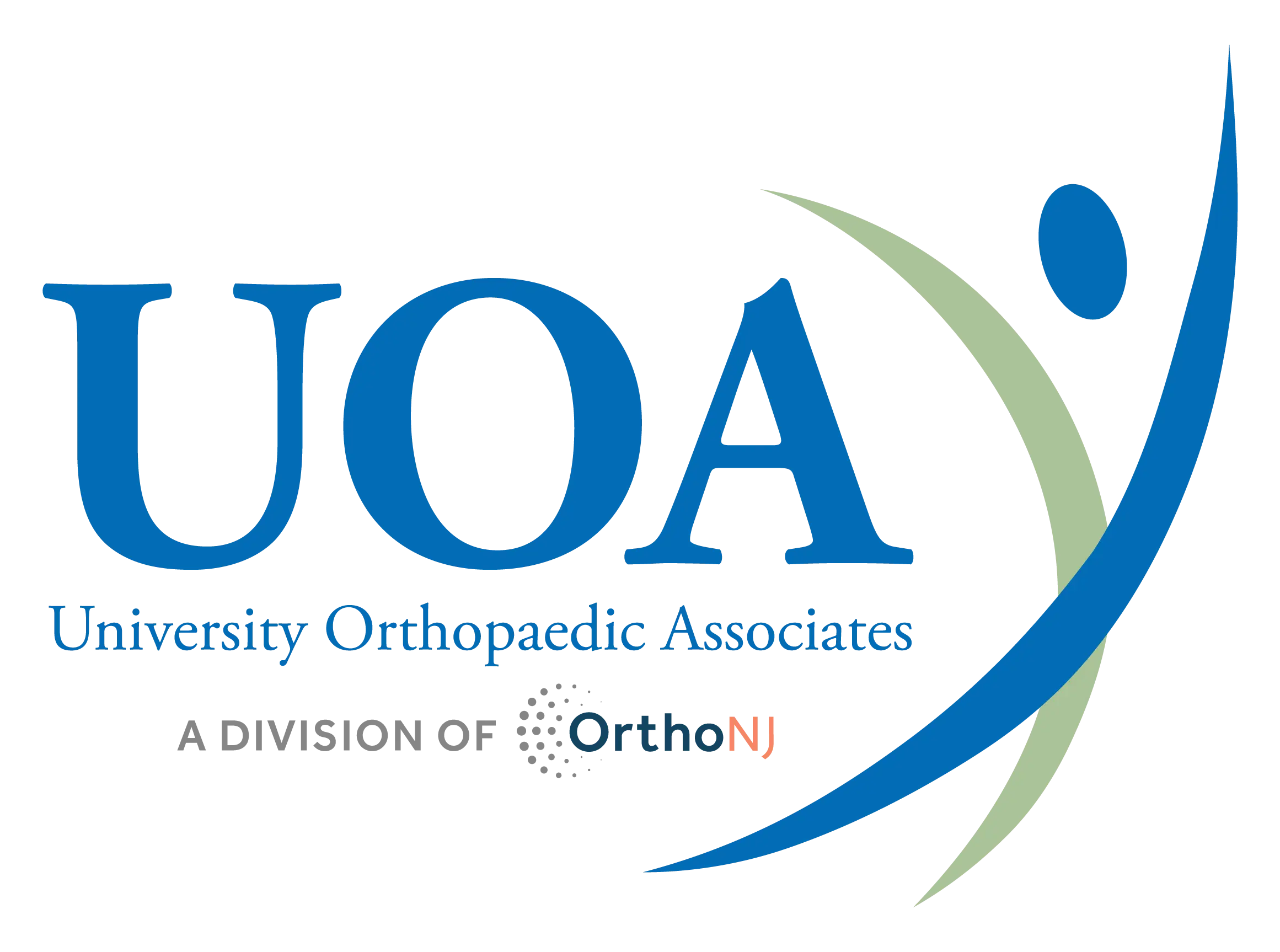Adolescent Shin Pain: Causes and Treatments

It is estimated that over 30 million adolescents participate in sporting activities each year. Participation in organized high school sports often increases the intensity and frequency of both training and competition, which can lead to injury. Over half of the injuries reported by adolescent athletes are overuse injuries.
Adolescence is also a time of rapid bony growth and maturation. As a result, increased activity coupled with the inherent demands for growth and development, can overload developing bones and create bony stress injuries. The most common site for bony stress injury is the tibia or shin.
Evaluating Shin Pain at UOA
Since 2017, University Orthopaedic Associates (UOA) physicians have been closely studying adolescent shin pain while attempting to validate a scoring system which could be used to accurately predict the incidence and severity of bony stress injury of the shin.
“Adolescent shin pain is a huge problem,” says Charles Gatt, MD, a fellowship-trained sports medicine specialist at UOA. “Adolescent shin pain is frequently called ‘shin splints,’ which is a non-defining term without meaning. Because adolescent shin pain is so common, it is often dismissed by athletes, coaches and many primary care physicians who struggle to make sense of the shin pain. Many physicians don’t know how to properly evaluate the athlete with shin pain, which perpetuates the problem.”
“We know from the literature that if shin pain is not appropriately recognized, it can progress to more significant injury with a more prolonged recovery,” says Jeffrey Bechler, MD, also a fellowship-trained sports medicine specialist who is participating in the study. “Injuries that are identified more than three weeks after initiation of symptoms have significantly worse prognosis than those identified earlier.
“It’s important to develop a reliable and usable tool that can easily identify those with significant bony injury sooner rather than later,” says Kenneth Swan, MD, also a fellowship-trained sports medicine specialist at UOA.
Shin Pain Scoring System
The Validation of the Shin Pain Scoring System Study evaluated 13- through 18-year-old patients who presented with more than one week of shin pain due to athletic activity. Participants completed a brief questionnaire and received a clinical exam, X-rays and bilateral magnetic resonance imaging (MRI) scans to document their shin pain. Each finding was given a value that can be added up into a summary score to determine bony stress injury.
The study has resulted in some significant findings which we hope to publish this year. “Ninety percent of adolescents who present with a history of more than one week of shin pain demonstrate bone marrow edema or swelling within their tibia. Seventy percent of those patients demonstrate a finding in both legs. That’s a pretty significant finding,” says Dr. Gatt.
“The average age of our study population was 15 and includes both girls and boys. This is a key time for bony growth and development as the bone is growing in length and it isn’t as strong or mineralized as adult bone, but it’s being stressed by the rigors of intensive training and activity. During this vulnerable time of development, the bone is being overloaded, resulting in a bony stress injury,“ says Patrick Buckley, MD, also a fellowship-trained sports medicine specialist with UOA.
“The Shin Pain Scoring System functioned very well when we looked at the statistics and its ability to predict varying degrees of bony stress injury. This is important because it will give clinicians a much-needed tool to utilize with their patients,” notes Dr. Gatt. “Once a patient is identified with a bony stress injury, then the process of identifying factors that contributed to the injury can be investigated and discussed.”
Why Young Athletes Experience Shin Pain
There are many factors that contribute to bony stress injury in adolescents including:
- The so-called female athlete triad, characterized by a patient with low body weight, menstrual dysfunction and an eating disorder
- Prior history of bony stress injury
- Dietary issues
- Training issues
“Treating bony stress injury is like managing a disease like heart disease with many contributing factors. The goal is to identify as many of the variables as you possibly can and make the appropriate modifications,” says Dr. Swan.
Dr. Bechler notes that, “This study has highlighted some interesting findings and validated a clinical tool to help identify these injuries sooner. We hope this will have a positive impact on patient outcomes and decrease health costs.”
Have a question about bony shin pain? Please schedule an appointment with one of our fellowship-trained sports medicine specialists.

